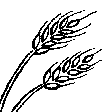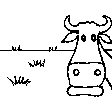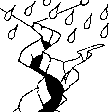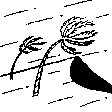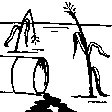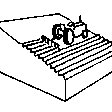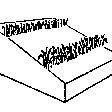

The technology is used in two contrasting geological environment: 1) sand dunes formed through the action of wind, and 2) lahar flows caused by the eruption of Mt. Pinatubo volcano in 1991. Lahars are the pyroclastic materials deposited in the lowland through the action of water, usually several meters in thickness. Both landscape have the same characteristics: some climatic type characterized by long dry season (7 months), high silica content, high erodibility and low water holding capacity, hence, droughty. The total annual rainfall is about 2,000 mm which occur from May to October. Sand dunes and crop establishment (mango) is done by digging a hole usually 1 x 1 x 1 meter. The sand is replaced by true soil mixed with organic fertilizer. Planting is done at the onset of the rainy season, usually June. Frequent fertilization is done. Manual irrigation is necessary during the dry season. The fruit tree crops suitable in the area are mango and cashew. Afforestations species include Casuarina equisentifolia and Acacia auricoliformis. Gliricidia sepium which is a very valuable fuelwood thrives well also. Grasses particularly Sacharum spontaneum can spontaneously colorize the area, especially that of lahar.
Lugar: Ilocos Norte; Pampanga, Ilocos Norte; Pampanga and Tarlac, Filipinas
No. de sitios de Tecnología analizados:
Difusión de la Tecnología: distribuida parejamente sobre un área (3.0 km²)
¿En un área de protección permanente?:
Fecha de la implementación: hace menos de 10 años (recientemente)
Tipo de introducción
